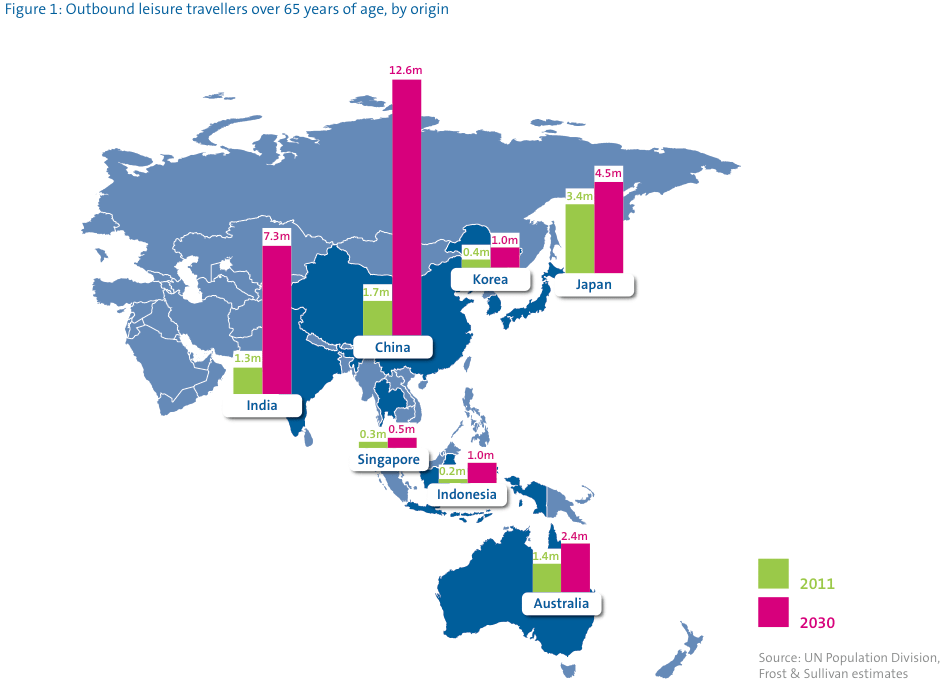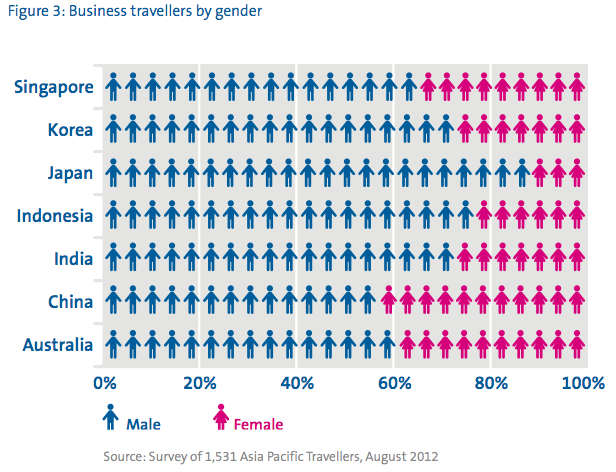Skift Take
These five niche traveler types in Asia and around the world wil increasingly define the future of travel, and its up to the travel industry to figure out how to capture their attention and credit cards.
Amadeus has come out with a report, Shaping the Future of Travel in Asia Pacific, that outlines trends that will define the future of the travel industry in Asia. Among them, the biggest trend is the fragmentation of travel market users — particularly fast evolving Asian travel market — into five distinct traveler segments, which are a fascinating study in changing demographics and cultural norms in the region, and indeed worldwide.
This is a major shift for travel in the region, which in the past was undertaken by large organized groups. Airlines, hotels, tour operators, and other travel providers will need to customize offerings to specific segments of travelers.
Going along with this idea of individualism is the rise of the rogue travelers. These travelers are self-managed and prefer to search for the best prices rather than go through traditional information sources that Asian countries, traditionally laggards in digital tools, were used to.
The report describes the five types of travelers in Japan, Korea, China, India, Singapore, Indonesia, and Australia; although it could be argued that these five traveler segments will soon be recognizable anywhere in the world.
The research defines the five new traveler segments as follows:
1. The Visit Friends and Relative (VFR) Traveler
Visiting friends and family is the primary reason for travel for 20 percent of travelers in Asia. The VFR traveller is considered a leisure traveler, but is likely to go away for longer and stay with friends over hotels than the average vacationer. This segment is becoming more important as immigrant and expat communities grow in Asia Pacific destinations.
Fascinating insight from the report:
Visiting friends and relatives is the main reason for leisure travel for 20% of travellers across the region, with a particularly high incidence among Indian travellers, 43% of whom state VFR as the main reason for leisure travel. India is now, for example, the largest source of permanent migrants to Australia, and this creates a spurt in demand for VFR travel. The VFR traveller often behaves differently from the standard vacation traveller – often travelling for longer periods, for example, and not using hotels, but lodging with friends or relatives.
2. The Independent Traveler
Travelers are bypassing travel agents and tour groups to plan and customize their own trips using online search engines and booking tools. This trend towards rogue travel is particularly strong in China, Korea, and Japan, but research found that 46 percent of all travelers in Asia use the Internet to plan and book trips.
Business travelers tend to book travel 6 weeks ahead of time, while leisure travels will book an average of 12 weeks before their departure.
3. The Generation ‘S’ (Senior) Traveler
The Asian population is aging as life expectancies increase, and as the working population decreases so does business travel, and conversely the number of seniors taking leisure trips increases. Travelers over 65 years old rely on traditional booking services, while mobile and online bookings are much more common with millennial travelers.
It’s estimated that the number of 65+ years old leisure travelers in Asia Pacific destinations will double by 2030.
4. The Small Business Traveller
Small-to-medium businesses account for more than 80 percent of total employment in most markets in Asia Pacific, but generate less than 20 percent of business travelers. As the financial barriers to internationalization fall and businesses of all sizes seek growth opportunities overseas, the lower end of the business market will blossom. It will be particularly interesting to watch the infrastructure and services created for independent business travelers that arrive in a market without a company base.
5. The Female Business Traveller
The role and percentage of female business travelers is on track to explode in Asia with this report predicting a 400 percent in international business trips taken by women by 2030. Females traditionally have had fewer high-level positions that necessitated them traveling overseas, but that’s changing with more women working their way into management positions. Travel providers will have to create messages that cater to women’s method of communication.
The full report is below.
The Daily Newsletter
Our daily coverage of the global travel industry. Written by editors and analysts from across Skift’s brands.
Have a confidential tip for Skift? Get in touch


